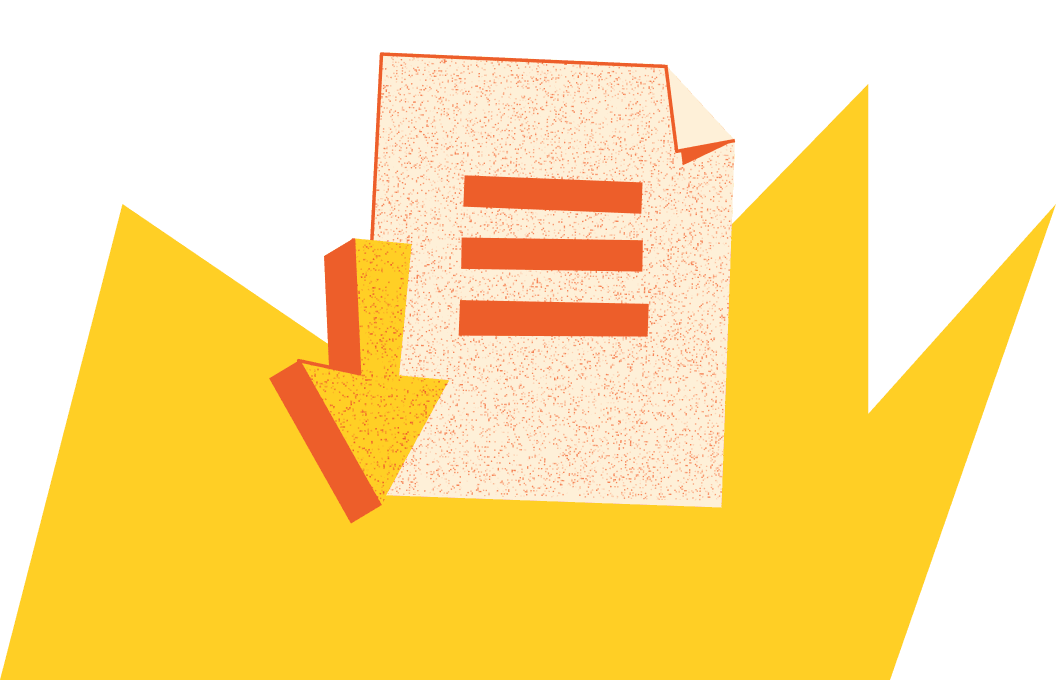Template
Probation Review Template
Global HR

Get the resource for free
Probation review template overview
This new hire probation review template will facilitate a comprehensive evaluation of new employees during their probation period. It is a structured tool to assess their performance, alignment with job roles, and potential for future contributions to the team and organization.
The clear, segmented format allows for easy navigation and use for the reviewers, making appraisals more focused and productive.
Our evaluation form template includes:
- Employee and manager details: Sections to input employee name and role for clarity and record-keeping
- Instructions for reviewers: Actionable advice for ensuring a fair and objective review
- Job description and role alignment: Space to compare actual performance against job expectations
- Performance feedback summary: Dedicated area for noting observable and measurable behaviors
- Potential for growth: Insights into the employee's future within the company
- Space for self-reflection: Dedicated area for the reviewer to reflect on whether the company offered the best support and clarified expectations
- Action items and follow-up: Sections to outline the next steps post-review for those successfully passing the employee’s probationary period
How to use this probation review template
To maximize the effectiveness of the new employee probation review template, follow these steps:
- Prepare in advance: Gather all relevant job descriptions and performance metrics before the review
- Document regularly: Use the template to record observations and feedback throughout the probation period, not just at the end
- Engage with multiple sources: Collect feedback from various colleagues to get a comprehensive view of the employee’s performance
- Align observations with objectives: Ensure comments and ratings reflect the employee’s alignment with job expectations
- Set specific action items: Clearly define what the employee needs to continue, start, or stop doing
- Plan development activities: Use insights gained during the review to tailor development activities that support the employee's growth
- Schedule follow-ups: Set dates and objectives for follow-up meetings to review progress on action items
- Adapt based on feedback: Be open to adjusting goals and support based on ongoing discussions and the employee’s input
FAQs
What is the probationary period process?
The probationary period process typically involves a specified timeframe (often three months) during which a new employee's performance, quality of work, behaviors, and suitability for the job title are evaluated. It serves as a trial period for both the employer and the employee to assess the fit of the role and the organization. The probationary period process typically concludes with a final review determining the employee’s future with the organization.
What do you say to an employee on probation?
When communicating with an employee on probation, it's essential to provide clear feedback on their performance, areas for improvement, and any expectations for the remainder of the probationary period. This could include discussing strengths, areas of concern, and setting goals for improvement.
What happens at the end of the probation period?
At the end of the probationary period, the employer (either human resources or the line manager) typically evaluates the employee's performance and determines whether to confirm their employment status, extend the probation period, or terminate their employment. This decision is based on the employee's progress and overall performance, behavior, and suitability for the role.
What is a performance review for an employee on probation?
A performance review for an employee on probation involves assessing their performance and conduct during the probationary period. It typically includes feedback on strengths, areas for improvement, and may involve setting goals or expectations for future performance.
How do you write a negative probation review?
When writing a negative probation review, it's important to provide specific examples of performance issues or concerns, offer constructive feedback on areas for improvement, and discuss potential consequences if performance does not improve. It's crucial to maintain professionalism and fairness throughout the probationary period review.
What should you write in a performance review summary?
In a performance review summary, you should provide an overview of the employee's performance during the evaluation period, highlight key achievements, discuss relevant competency mastery (e.g., communication skills, punctuality, teamwork), areas for improvement, and outline any goals or expectations for future performance. It's essential to strike a balance between positive feedback and constructive criticism.





